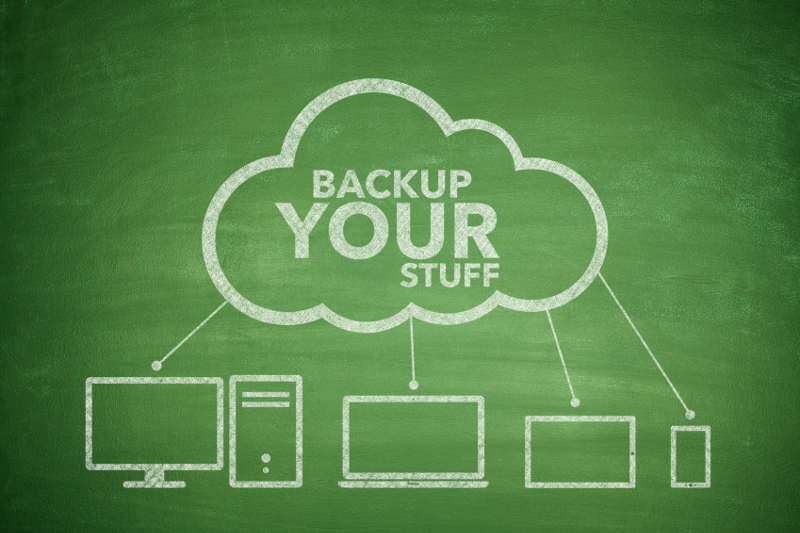Since the 1990s, computer users have been accustomed to saving their files to the ‘My Documents’ or ‘Documents’ folder on their PCs and Macs. Though these file locations are a useful part of the computer’s local system, it’s time to break this habit to prevent the potential for data loss at work. File locations matter in an efficient data management system, and especially on a network.
Thinking about file locations is important is because of the need to back up your data effectively. A typical network will (and can) only back up data that’s stored on the network. The hard drive on an individual PC or laptop doesn’t count. If a hard drive crashes then the data might not be retrievable unless it also exists somewhere else.
Why Use a Shared Folder?
Servers or NAS (network-assisted storage) devices have built-in system of ‘redundant’ hard disks, such as RAID 5. They exist to protect against drive failures and make sure files can be restored. PCs don’t have this protection. Files stored on the hard drive of individual PCs are only really safe if the user has backed them up somewhere. It’s easy for users to assume that data on their PC’s hard drive is integrated into the network, but that’s not necessarily true.
That’s where shared folders come in. Saving to a shared folder takes no more time and effort than the old habit of using ‘My Documents’ to store files. The big difference is that the data will be backed up in a safe file location.
Designating a Shared Folder
It’s easy to set up a shared folder and map a network drive so that when users click ‘Save As’, the shared folder you want them to use appears as the default, or as the first choice. The easier it is to do, the more likely it is that users will comply with best practices.
Your server will have an option to share a folder or drive. The exact steps will vary based on which server software you are using. In Windows Server 2008 R2, for example, you’d go to Computer Management > System Tools > Shared Folders > Shares > Action > New Share. This will launch the ‘Create a Shared Network Folder’ wizard. Follow the prompts to set up your shared folder.
Accessing a Shared Folder
Make it easy for your end users to find the shared folder by mapping the network drive on each computer. Again, this process will vary based on the operating system. In Windows 10, for example, mapping a network drive is a simple matter of launching File Explorer, selecting This PC, clicking the Computer tab, selecting Map Network Drive, and following the prompts given by the Map Network Drive wizard.
Educate Your Users About Folder and File Locations
Old habits can be hard to break. If users recognize why your company’s file management system is set up the way it is, and what can go wrong, it’s easier to make the change. Occasional reminders can still be helpful!
Data loss is preventable. Quikteks can help you develop a comprehensive backup strategy, including setting up shared folders and creating automated backups. Contact us today at (973) 882-4644 to get started.

